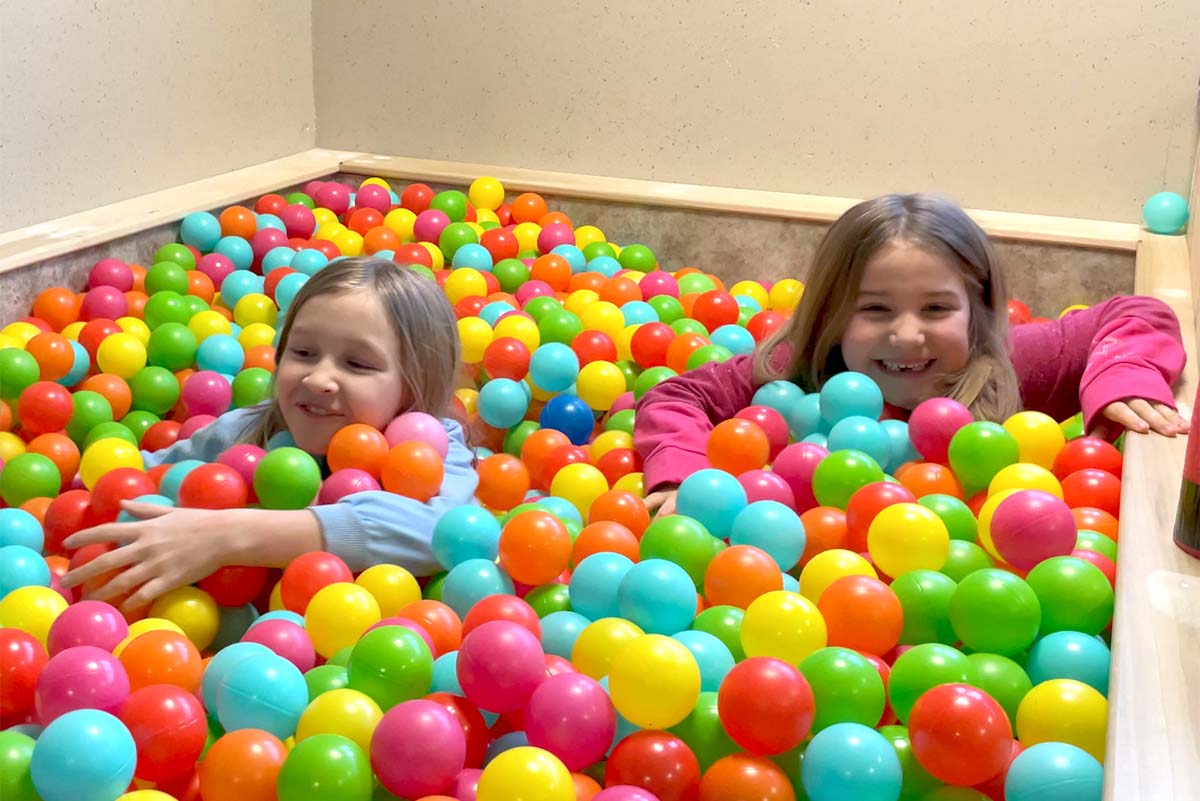ABA (Applied Behavioral Analysis)

What is ABA Therapy?
ABA is an evidence-based treatment for children who have received a diagnosis of Autism that focuses on modifying environmental conditions to increase socially acceptable behaviors, such as communication, play, and social skills. Studies have shown early intervention is highly effective in improving IQ, language ability and social interaction. Paramount Rehabilitation Services Pediatric & Autism Center serves children ages 18 months to 21 years.
How Can ABA Help Your Child?
ABA therapy uses principles of behavior and teaches new skills through discrete trial training, natural environmental training, and derived relational responding. ABA focuses on increasing socially acceptable behaviors such as communication, social skills, and school readiness skills.
ABA can help increase:
-
- Communicating needs and wants
- Waiting, sharing, and turn taking with peers
- Conversational skills
- Eating a varied diet
- Toilet use and toilet training
- Playing with toys
- Pretend and imaginative play
- Participating in group activities with peers
About Paramount Pediatric Services & Autism Center
Our newest location in Bay City was designed with children in mind. The center includes small treatment rooms for 1-1 treatment, a sensory gym with tons of room for kids to move and play, an outdoor play space, and a playroom with toys to work on pretend play skills.
Where Do We Start?
What is Autism or Autism Spectrum Disorder (ASD)?
According to the DSM-5, Autism is defined as:
- Deficits in social communication and social interaction across multiple contexts
- Restricted, repetitive patterns of behaviors, interests or activities
- Symptoms must be present during early development
- Symptoms cause clinical impairment in areas of current functioning
- Symptoms are not explained by an intellectual disability or other development delay
What does this mean?
A child with Autism develops symptoms at a young age, sometimes detectable as early as 18 months. Children with Autism have limited social reciprocity, that is they do not share interests with other adults or peers. They often do not engage in joint-attention activities, and fail to initiate or even respond to social interactions. In a young child this might look like limited eye contact, not responding to when their name is called, not pointing to items, and limited vocal language. In older children, this might look like an impaired ability to have back and forth conversations, difficulty identifying emotions of self and others, struggling to understand body language and sarcasm.
A child with Autism will also engage in repetitive or restricted behaviors or interests. This can look like lining up toys in a certain pattern and getting upset when that pattern is broken. Children with Autism often prefer certain routines, such as eating on the same plate every day or doing the same bedtime routine each night. Some children will engage in stereotyped or repetitive movements, such as hand flapping, repeating words or sounds, or spinning objects. Some children can hyper-focus on one topic, such as dinosaurs, with a high intensity that it dominates most of their daily activities.
Because of these social deficits, children with Autism do not always learn from their peers as a typical child would. They do not always engage in pretend play, because of a preference for routines and repeated behaviors. ABA is the only evidence-based treatment for children with Autism that focuses on increasing appropriate social and communication skills.
